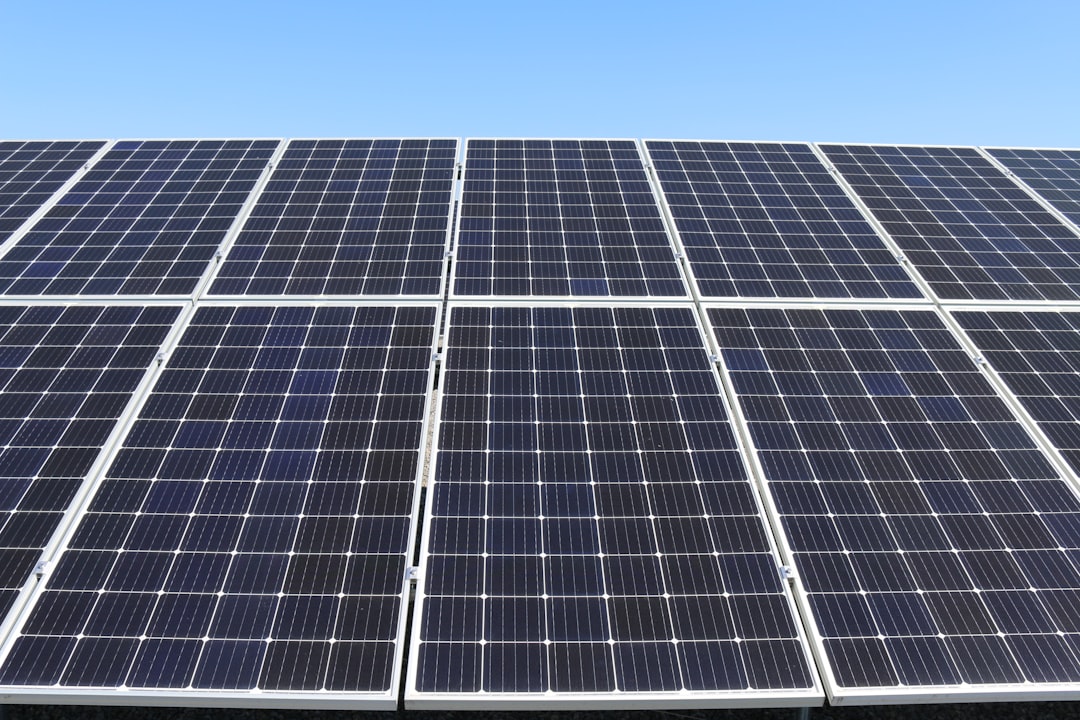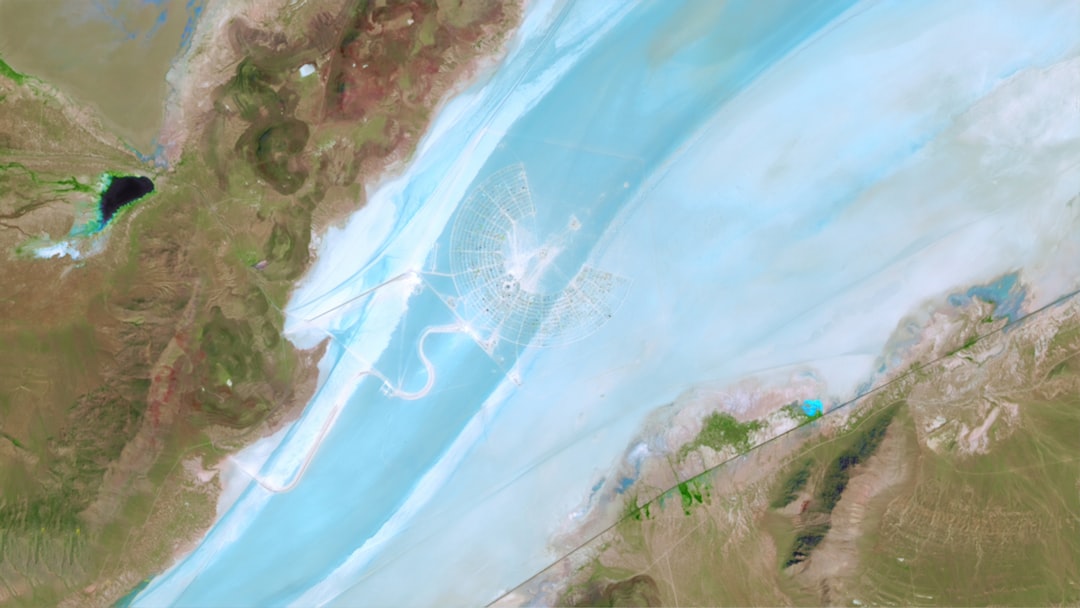What is it about?
Abstract: The behaviour of rarefied monatomic gas of Maxwell particles within a rectangular enclosure is investigated, with the Navier–Stokes and Fourier field of equations with first- (NSF) and second-order boundary conditions (NSF2) of the velocity slip and temperature jump, and the regularized 13 moments approach (R13). The enclosure considered has a heated bottom with lateral walls that have specular reflection. The effect of the three dimensionless parameters characterizing the simulated problem, the cavity aspect ratio, the Knudsen number, and the temperature ratio of the hot over the cold walls, on the flow and bulk quantities is examined. For the small Knudsen numbers the flow presents one type of streamlines from the cold to hot plate in both NSF and R13 theories, while by increasing the Knudsen number the flow becomes more complex and presents hot to cold flow streamlines in the extended approach of R13. These rarefaction effects cannot be predicted by the classical continuum approach of NSF. The increase of the temperature ratio in R13 affects the hot to cold flow, which begins to vanish, while this type of streamline does not appear by decreasing the aspect ratio.
Featured Image
Read the Original
This page is a summary of: Numerical simulation of heat transfer in a micro-cavity, Canadian Journal of Physics, January 2017, Canadian Science Publishing,
DOI: 10.1139/cjp-2016-0528.
You can read the full text:
Contributors
The following have contributed to this page










